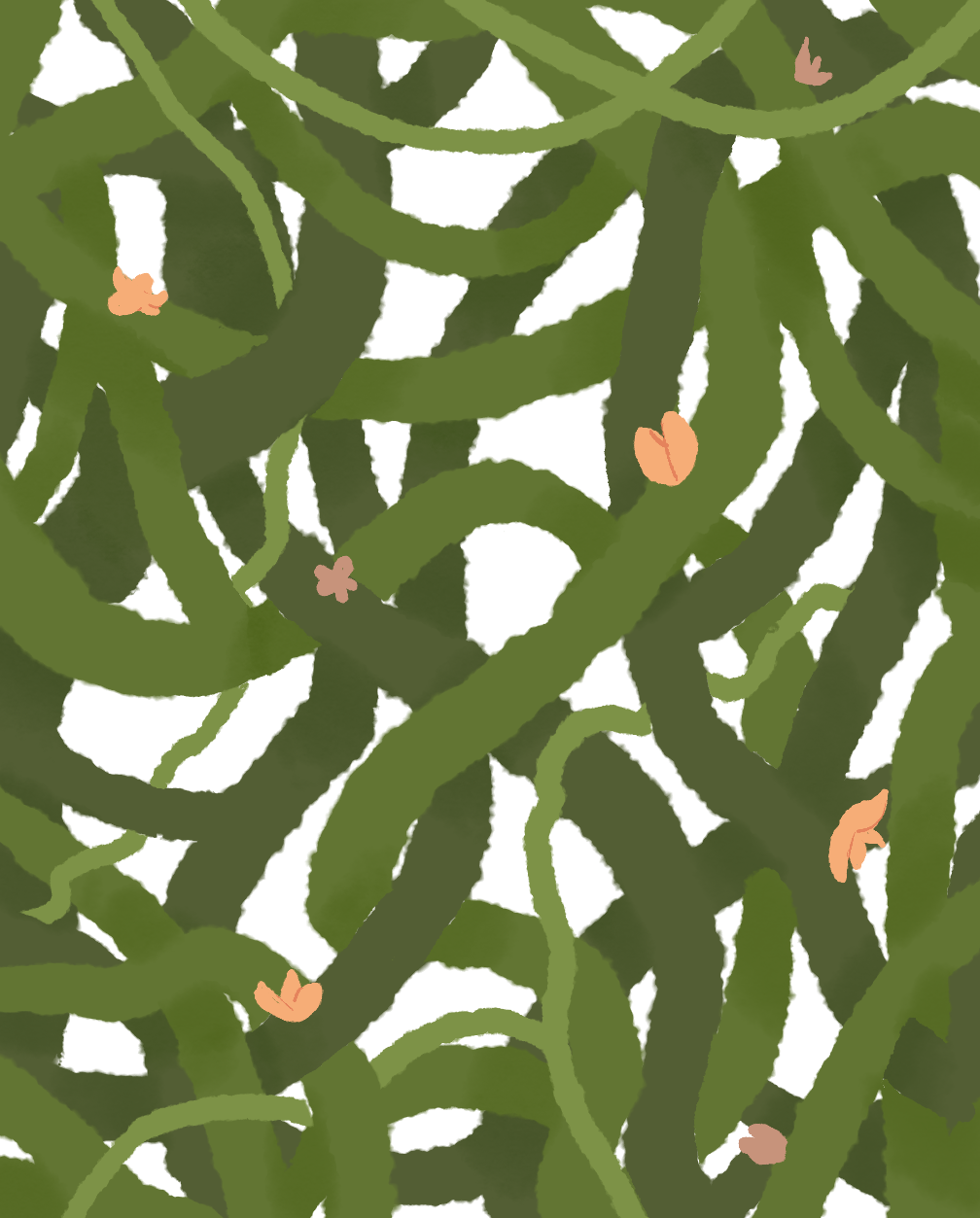Since the Pacific Northwest is so loved for its natural refuges, one might want to know a thing or two about its abundant plant life before venturing into dangerous vegetation. Forget the bears and cougars that you’ll seldom encounter. That mushroom you picked may be the best thing you eat that day—or it could kill you.
Plants that want to kill you
Castor Bean (Ricinus communis): According to Awkward Botany, all parts of the castor bean plant are toxic. The main toxin is ricin, and the seeds contain the highest concentration. The seeds need to be chewed to release the toxin, but just two could kill a grown adult. While effects are not immediate, they are painful and severe. Symptoms include stomach pain, nausea, vomiting, headaches, dizziness, diarrhea, convulsions and kidney failure.
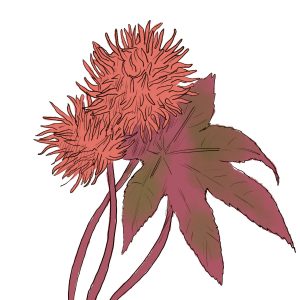
Deadly Nightshade (Atropa belladonna): While the berries on this plant may look enticing, they’re extremely toxic. The Biodiversity Heritage Library for Europe reports four of these berries could kill a child, while an adult would need to consume 10–20. In addition to the berries, the entire plant is poisonous due to its tropane alkaloids, and consuming even one leaf could be fatal for a grown adult. The first symptoms to look for are a red face, dry mouth, dilated eyes and abnormally fast pulse. Later symptoms include tremors, hallucinations, paranoia and heart arrhythmia.
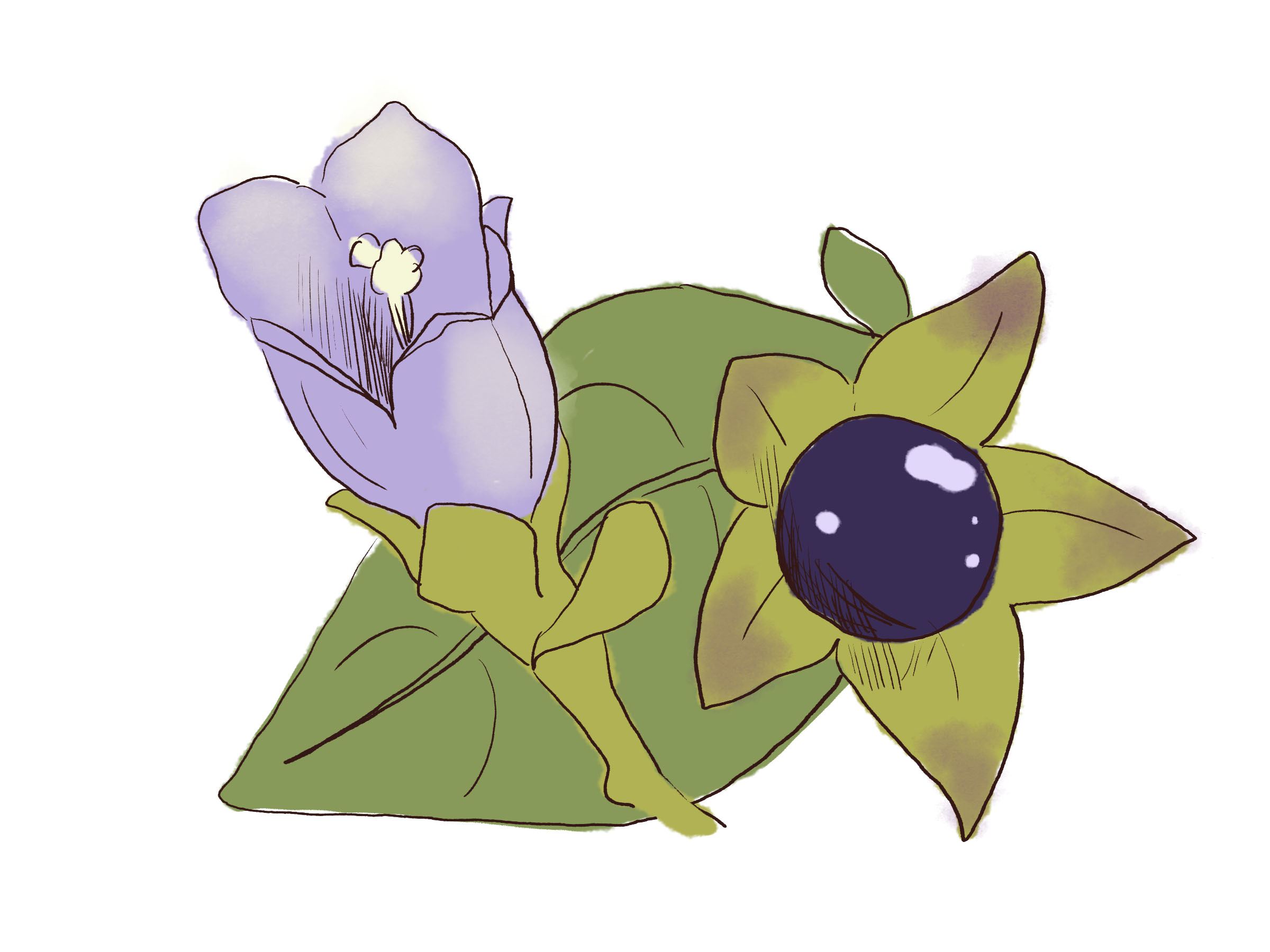
The Destroying Angel (Amanita Virosa): According to the journal Science Direct, the amatoxins found in these mushrooms are absorbed in the gastrointestinal tract, after which they move to the liver and kidneys. Symptoms have been likened to that of cholera due to intense vomiting and diarrhea, which then causes severe dehydration and kidney and liver damage.
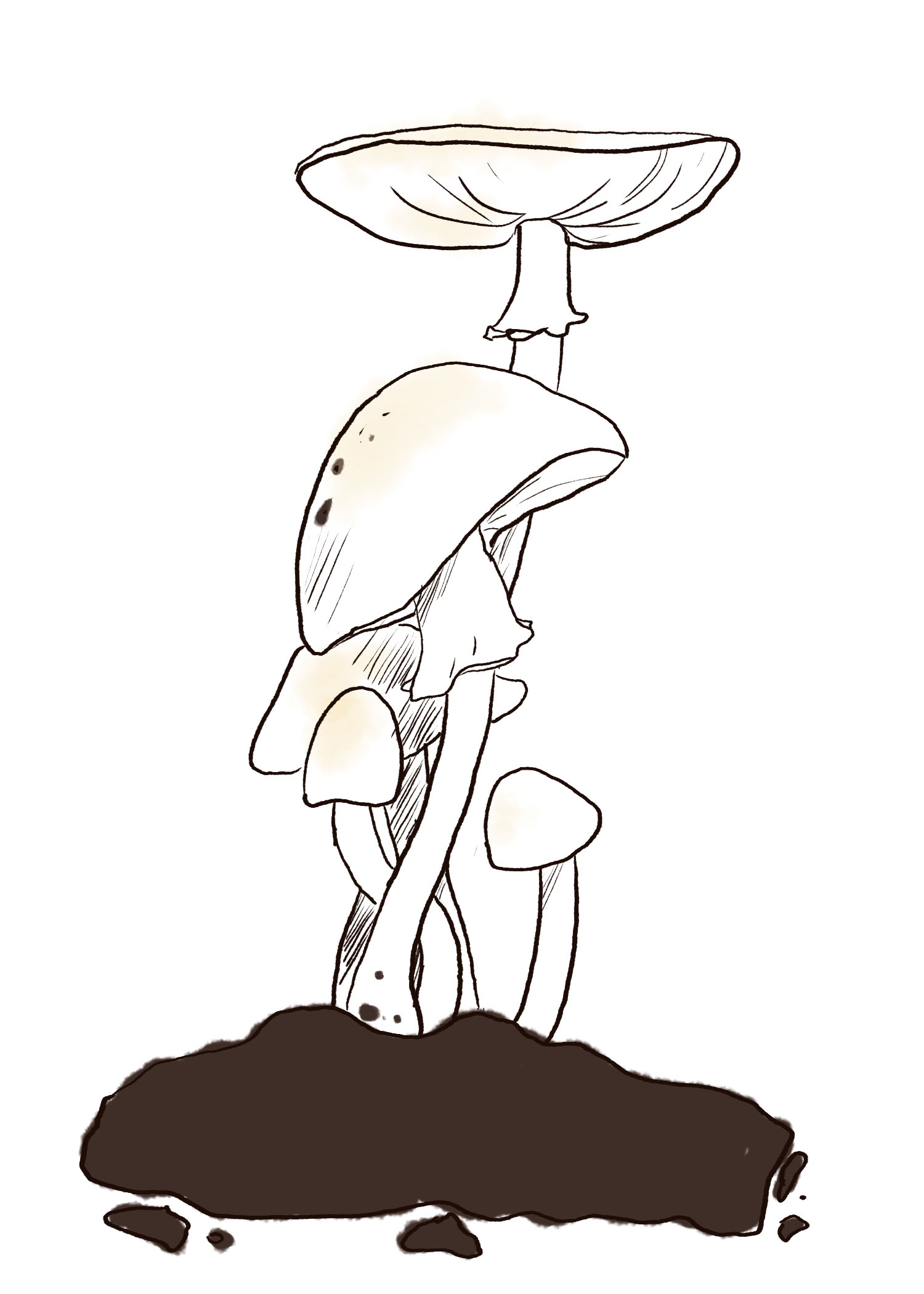
Wild Cherry, Chokecherry, Cherry Laurel and other varieties (Prunus): While fruit produced by the prunus species is not poisonous, almost every other part of this plant is, including the seeds, leaves, twigs and bark. According to Washington State University’s Department of Animal Sciences, this plant produces cyanogenic glycoside which causes rapid toxicity when ingested. Signs to look out for include difficulty breathing, gasping, tremors, dilated eyes, convulsions, incontinence and asphyxiation.
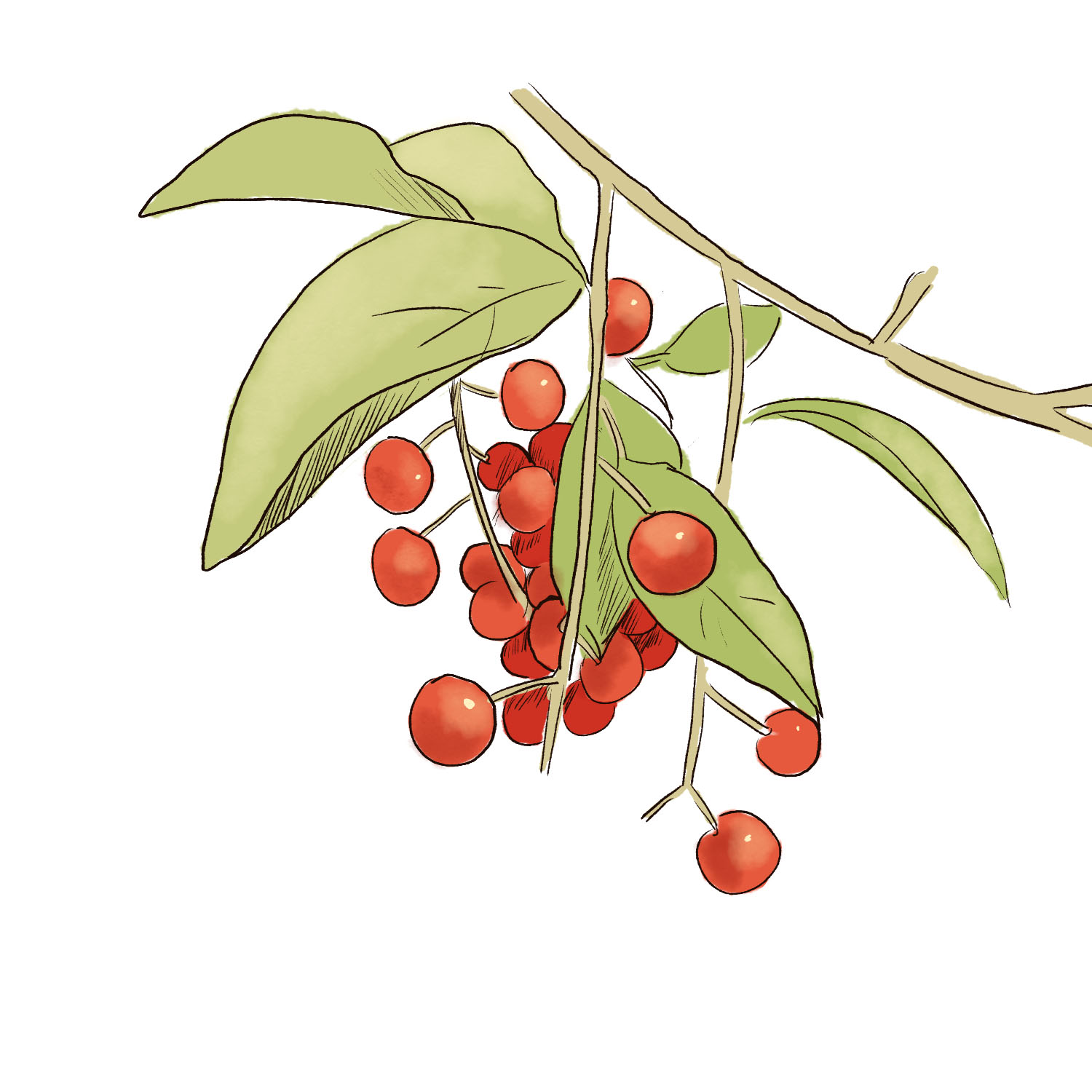
Plants that are safe
Fiddlehead Ferns (Athyrium filix-femina): Fiddleheads are the young, furled leaves of ferns that are harvested before the leaf expands into a new frond. According to Wild Harvest, the lady fern is an edible variety found on the West Coast. The lady fern produces a strong grassy flavor with a crunchy texture when left uncooked. It’s important to know the physical characteristics of the lady fern, because very few species of ferns are edible in the Pacific Northwest. According to the United States Department of Agriculture Forest Service, lady ferns grow two to five feet high with bright green leaves, measuring one to three feet wide.

Lobster Mushroom (Hypomyces Lactifluorum): The lobster mushroom is not actually a mushroom at all but rather a fungus which absorbs other mushrooms. According to Oregon Discovery, the lobster can easily be distinguished due to its bright orange or reddish-purple color, along with a solid stem, reduced gills, white flesh, firm texture and fish odor. It may be found during the summer and autumn seasons throughout coniferous forests.
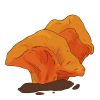
Miner’s Lettuce (Claytonia perfoliata): Common throughout the West Coast, this leafy green grows wild during the winter and early spring but dries up as the season shifts to summer due to its preference for cool, damp conditions. According to the University of California Agriculture and Natural Resources, miner’s lettuce typically only grows about eight inches high and may be identified from its slender stem and basal rosette.
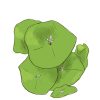
Mountain Huckleberry (Vaccinium membranaceum): According to Native Plants Northwest, this variety of huckleberry is one of 15 different varieties of vaccinium in the Pacific Northwest. Its juicy berries are a favorite in the region, though it should not be confused with deadly nightshade, with which it’s almost identical. There are a few key differences, such as the flowers on the huckleberries are a creamy pink while on the nightshade bushes, they are a bright to deep purple. The most obvious difference is that of the berries, since huckleberries lack the waxy sheen found on the nightshade.

When I first came to PSU, I was a Chinese major, having studied three years prior in high school alongside French and Japanese. After the first year, I took a hiatus. I don't believe in going to college straight out of high school, but it's what was expected. I returned a few years later to study Japanese at PCC and Arabic at PSU. I am now a junior majoring in International Studies: Middle East and Arabic. In the future, I would like to work as a journalist or humanitarian aid worker in the region, helping people who lack economic and political backing and media exposure.

